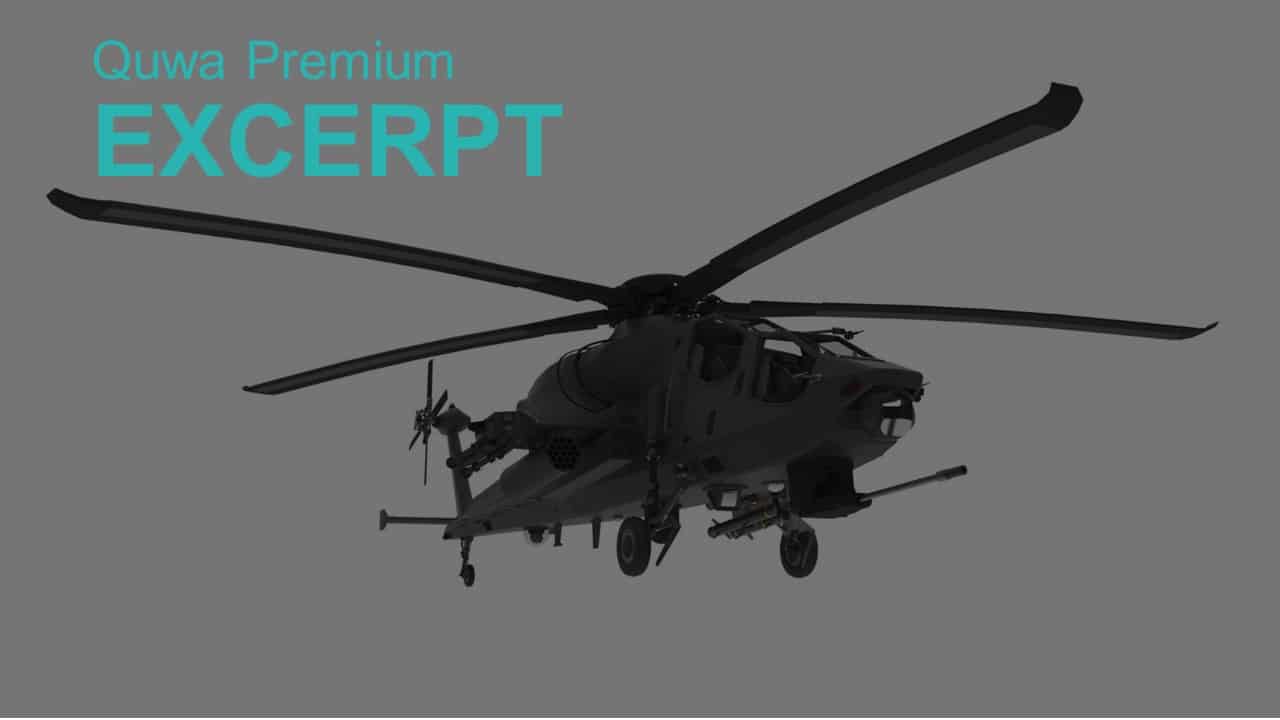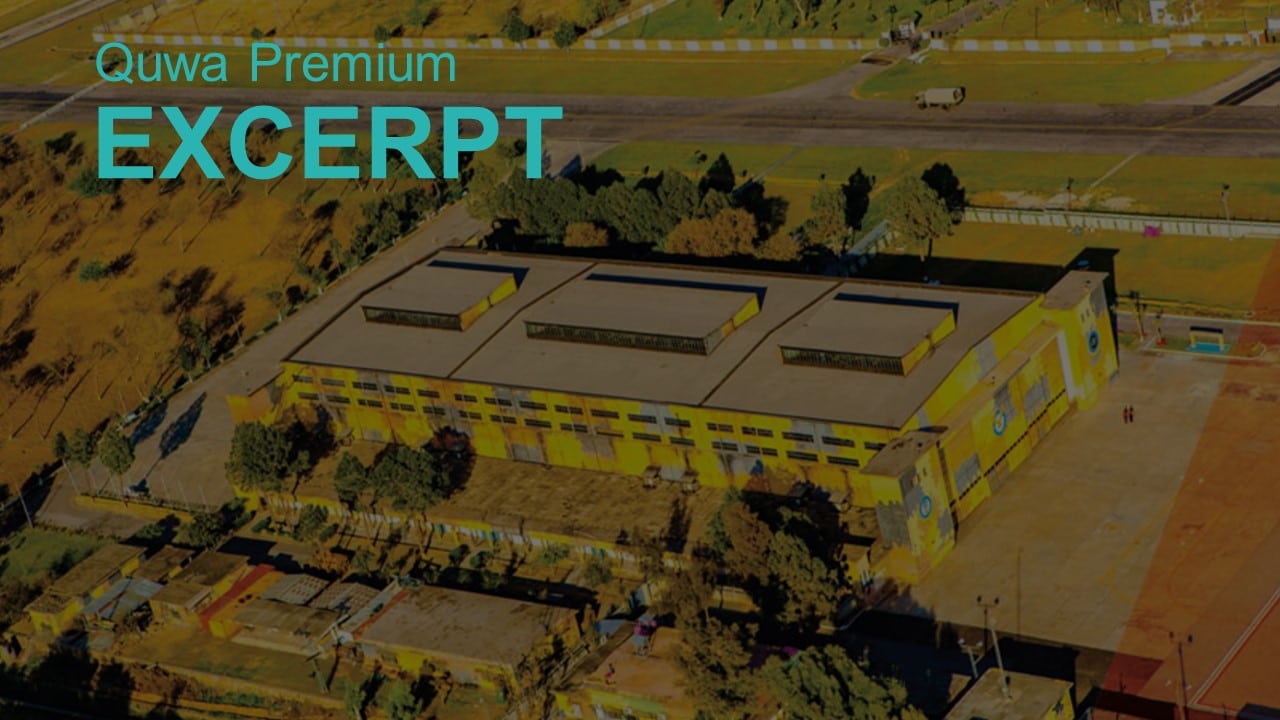2419Views

Overview: Turkish Aerospace’s Future Helicopter Programs
In February 2019, Turkish Aerospace/Turkish Aerospace Industries (TAI) announced that its forthcoming ATAK-2 attack helicopter would be a 10-ton platform.[1] In effect, not only did Turkey opt for a heavyweight platform, but it is possible that the ATAK-2 could share the same turboshaft engine, transmission, and/or dynamic parts technology as Turkey’s forthcoming 10-ton General Utility/Transport Helicopter.
According to Ismail Demir, President of Defense Industries (SSB), the ATAK-2 should materialize by 2024. It will use two turboshaft engines and will deliver 1,200 kg in ordnance. Like its lightweight counterpart, Turkish Aerospace will design the ATAK-2 to operate in hot-temperature and high-altitude environments.[2]
In addition to drawing on Aselsan’s avionics as well as electronic warfare (EW) and defensive aid systems, the ATAK-2 will also use MILDAR millimetre wave (mmW) radar. With a potential load-out of 16 anti-tank guided missiles (ATGM), the ATAK-2 will deliver a higher offensive impact than the 5-ton ATAK.
However, a critical piece to the ATAK-2 will be its turboshaft engine. Though an apparent roadblock with re-exporting the preceding ATAK’s engine is a factor, Turkey has been banking on its domestic turboshaft engine efforts to bear fruit, with a project in place since at least 2017.
In 2017, the SSB commissioned TUSAS Engine Industries Inc. (TEI) to develop a 1,400 shp engine (TS1400) to power Turkish Aerospace’s 6-ton T625 utility helicopter and, in all likelihood, the T129 ATAK (as an alternative option to the CTS800, which is bound by US export controls under ITAR).
TEI is developing the TS1400 under an eight-year program. The initial development phase should conclude in 2019 and, in turn, progress to manufacturing and testing a prototype by 2023. Turkey intends to see its T625s fly with the TS1400 by 2025. Currently, TEI has 250 engineers on the TS1400 program.[3]
The TS1400 concerns the T625 and, potentially, the ATAK. However, the ATAK-2 – and, by extension, the General-Purpose Helicopter – requires a higher output engine. Thus, TUSAS’ General Manager Dr. Temel Kotil announced in May 2019 that TEI will develop a 2,500 to 3,000 shp engine for those helicopters. But this indigenous engine will not be in place for Turkish Aerospace’s heavier helicopters in the mid-2020s.[4]
Thus, one could expect Turkish Aerospace to source an imported engine platform for its 10-ton helicopter platforms. In a way, Turkey already has one option in place through the T-70, i.e., its licensed production line for Lockheed Martin’s S-70 Black Hawk helicopter. TEI domestically manufactures the General Electric (GE) T700-GE-701D turboshaft engine. It can use this to power its 10-ton helicopters as a stopgap.
End of Excerpt (423/1,272 words)
You can read the complete article by logging in (click here) or subscribing to Quwa Premium (click here).
[1] “National Heavy Attack Helicopter Will Cause Heavy Heavier Casualties.” MSI Turkish Defence Review. 22 February 2019. URL: http://www.milscint.com/tr/milli-agir-taarruz-helikopteri-dusmana-daha-agir-zayiat-verdirecek/?fbclid=IwAR2OJqa7m1EJNU3pgnxr7sjK8tyUUs12hrq2fWCNSqpRuSQWVo2lss9e1cw.
[2] Ibid.
[3] “Original Power System TS1400 Turboshaft Engine Developed by TEI’s Seasoned Team of Experts for the T625 Helicopter.” Defence Turkey. Volume. 13. Issue 92. 2019.
[4] Ibid.


